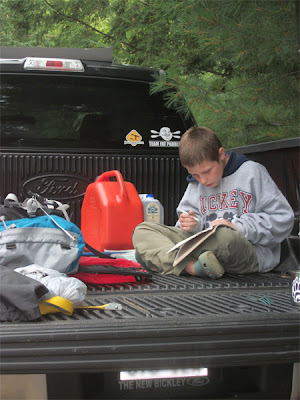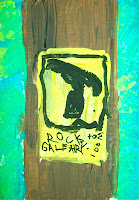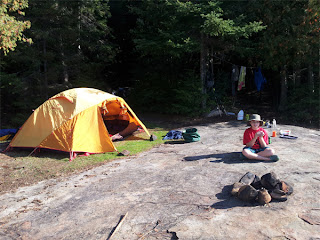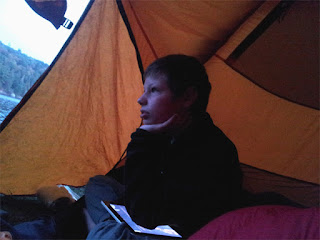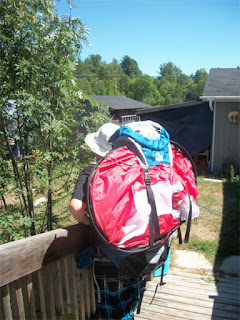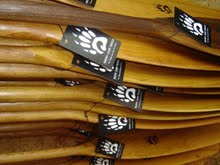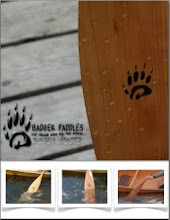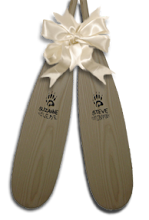Dig this: April 2nd is World Autism Awareness Day (WAAD) and April is also known to many as Autism Awareness Month. This multiple part story/part guide, written in honour of The Six Degree Project (Autism Awareness Celebrity Campaign) and WAAD, is the tale (with tips) of how we got to the end of the portage with our son. With hopes to help raise awareness about autism and the extra challenge it brings to lives of many families, including ours; we also hope this Making Room For Autism In Your Canoe "series" helps to inspire other families to get out there and live their dreams as best as they are able - because even though, with autism, our lives are different - they shouldn't be less. ~Fiona
Interior/Back Country or Car Camping?
Campgrounds are noisy, social places with lots of activity around. Hearing the noises of others outside the tent walls was truly unbearable for Makobe - terrified by the sounds that people were making so close to our tent (i.e. talking, walking on the gravel path, shutting car doors, off-key singing around a neighbour's campfire). We tried to camp in an Algonquin Hwy 60 Corridor campground this past summer and it became a complete nightmare for Makobe. We actually had to leave in the middle of the night to calm our son who was having a full on panic attack - then come back and pack out our belongings in the morning.
This trip was a true disaster once night fell.
|
Yet camping in the interior is not a problem for our Makobe. With only the sound of the crackling campfire - not neighbours - Makobe is able to settle into sleep in the tent without fear or anxiety. He is much more at home in a more natural camping environment that comes with portaging than he is with driving into a campground and setting up a tent. Another consideration is that there is less chance of autism interfering with a camping neighbour's experience when you are across the lake from them instead of just a few feet away.
By The End Of The Portage...
Nature has a way of returning peace to one's soul. I always knew there was some truth to this as I have felt it myself on the many canoe trips that I have taken since I was a child. But seeing Makobe, who struggles everyday with the noisy, overly busy modern day world, be able to just sit on the edge of a northern shore for a good while, and look out at the sky with a calmness that I don't see very often at home, makes me realize that the best thing we ever did was make room for autism in our canoe. Especially since we now know - it doesn't really take up that much room at all!
To read all the parts to this story guide, click here: Making Room For Autism In Your Canoe
To read our report from Makobe's first wilderness trip into Algonquin, please click here: Making Room For Autism In Your Canoe - A Trip Report

